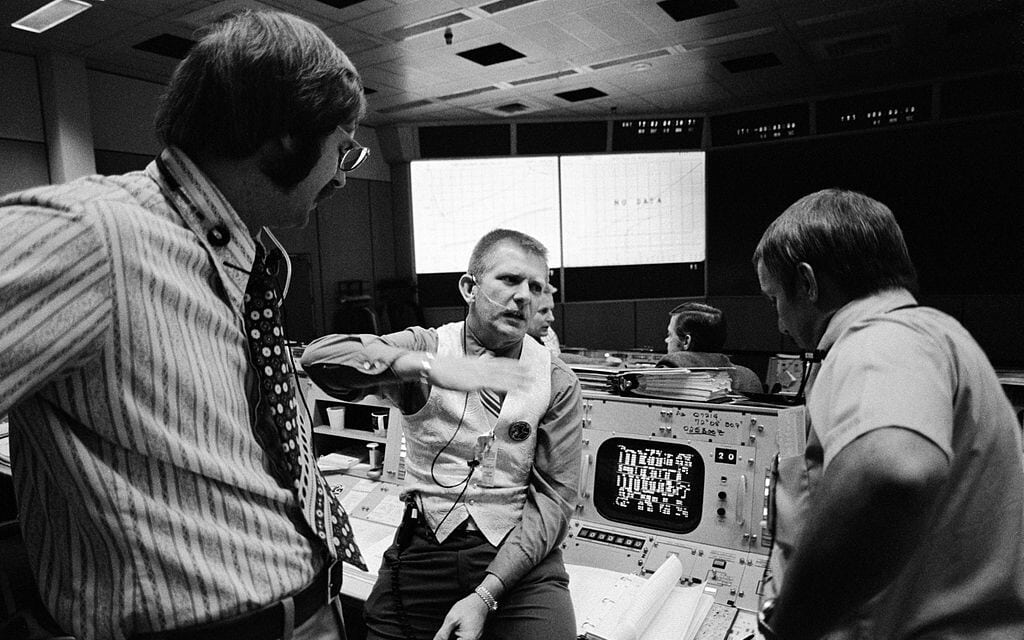MThe dream of flying into outer space is as long as human history. But getting there required the greatest scientific minds, and someone willing to be strapped to a rocket and shot into the stars. The story of the United States space program reflects scientific and geopolitical achievement. The “Space Race” NASA was the product of the Cold War; the Soviet Union launched Sputnik into orbit in 1958. The United States was not going to fall behind in the Space Race, and started exploring how to put a man into space. By the time NACA, the National Advisory Committee for Aeronautics, became NASA, the National Aeronautics and Space Administration, plans were underway to beat the Soviets into space. These behind-the-scenes stories, the ones that don’t always make the history books, are as intriguing as the historic achievements of the Mercury, Gemini, and Apollo programs.

The Space Race: International One-Upmanship
On October 4, 1957, the Soviet Union launched Sputnik into space. Sputnik was the first man-made orbital satellite, Sputnik, and the additional satellites launched after it, orbited Eartth every ninety minutes. It was an impressive feat of science and engineering. It also shook the United States, who had hoped to achieve space dominance first. The launch of Sputnik prompted the United States government to pour money into the “Space Race,” to avoid losing out to the Soviets again. The United States launched its first satellite, Explorer, on January 31, 1958, going deeper into space than Sputnik. The Soviets launched another in response. The Space Race was on. Project Mercury elevated the race. NASA wanted the Mercury program to put the first human beings into space before the Soviet Union snatched that ‘first’ away from the United States. Seven military men with aviation backgrounds, the Mercury Seven, bravely accepted the challenge.

